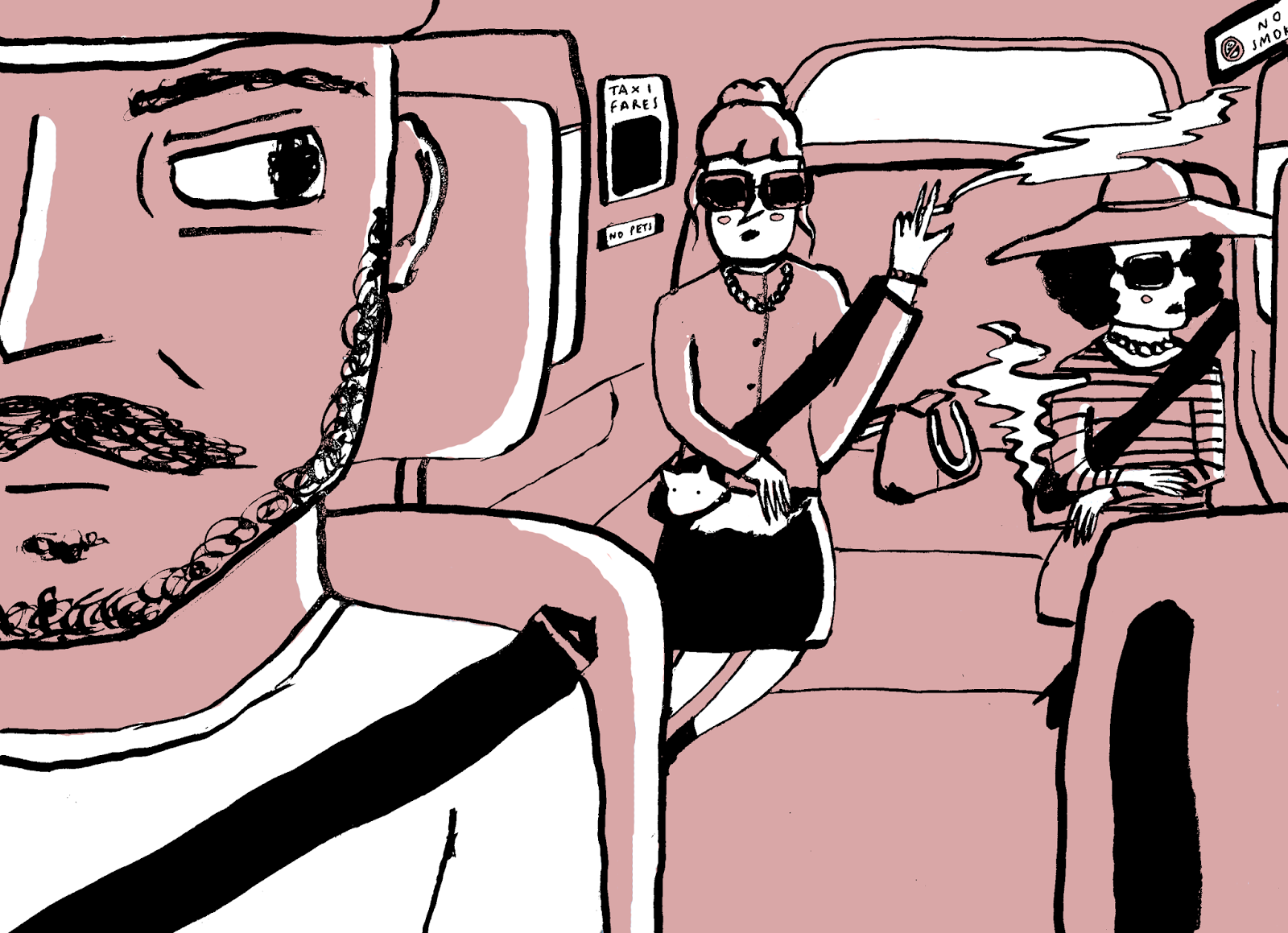In this module, I have developed a massive understanding of some practical skills and received a feel to essentially what illustration is. I feel that this module has allowed me to experiment and explore a range of methodologies that I would not usually have tried. I particularly enjoyed SB2 and found it really useful in terms of learning about composition as a whole, something that when making pictures, I would not instantly think about. It has really opened my eyes to the importance of composition and has really effected the way I make pictures. My understanding of roughs and scamps has also developed greatly and can now say that I am able to use them effectively. However I do feel like I need to create roughs more exhaustively, which is something I will definitely work on.
2. Which principles/ theories of image making have you found most valuable during this module and how effectively do you think you are employing these within your own practice?
My favourite brief from this module was the 3D and lens brief, which I felt like I really got into. Although the process of creating 3D shapes was quite daunting, I really enjoyed using my photography skills and trying something new. I have not used this process in my work since this task, however I feel that it is a really complex process and would need a larger time scale to create an effective piece of work. Another session that I found really valuable was the Line Of Sight session and Transport task. I feel like I created one of my favourite images in this session, mainly because of the way that I was able to construct it using the methodologies that I had previously learnt.
3. What strengths can you identify within your Visual Language submission, how have you capitalised on these?
After the session based around 'Line', I felt really inspired to create pictures using various line qualities. I had never recognised the importance of line quality and gesture, which, after this session was something that I really focused on. Because of the experimental nature of this task, I was able to find new ways of drawing, for example the use of dip pen which I have not stopped experimenting with since, and really aided my work in Visual Narratives.
4. What areas for development can you identify within your Visual Language submission and how will you address these in the future?
One of the main weaknesses I can identify from this module would be my lack of refinement and development, at least in the early stages. Because of the way that this module was structured, I felt like I was doing the task and not revisiting it until a week after, which was not effective in terms of developing my artwork. Another weakness, I would say is my Screen Print submission. Overall I was just really disappointed with this piece, because of it's boring artwork and poor use of colour, which I feel was due to inadequate preparation and poor time management,
5. In what way has this module informed how you deconstruct and analyse artwork (whether your own or that of contemporary practitioners)?
This module has been so useful in teaching me the different elements that make up a picture. When analysing a picture, I feel very confident in talking about it in depth, and how certain effects and tone of voice are created through different visual elements. Aswell as contemporary practitioners, it's also great to have a checklist of elements that when making pictures, I can consider and create in my own work.









.jpg)























